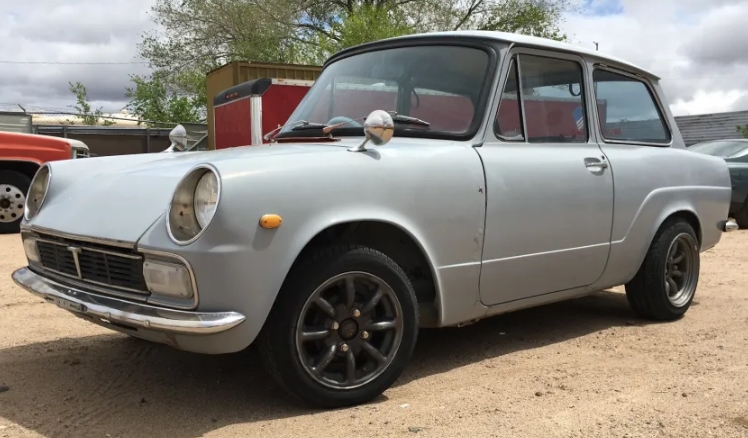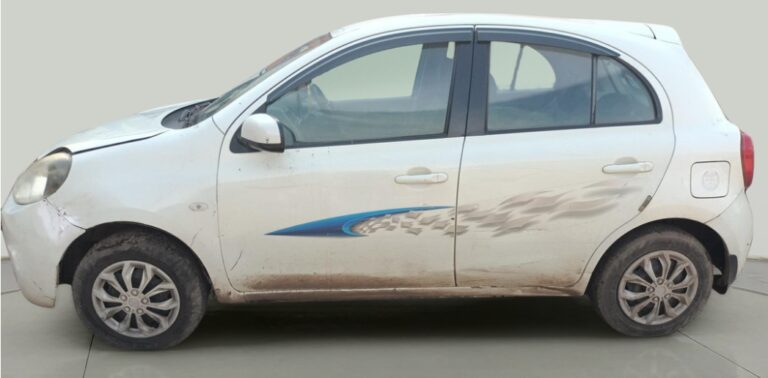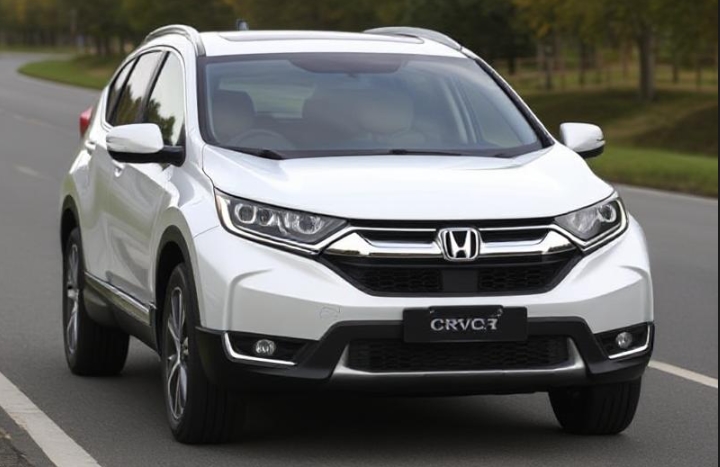The Evolution of the Chevrolet Epica
The Chevrolet Epica is a mid-size sedan that marked Chevrolet’s foray into the competitive global sedan market during the mid-2000s. Launched as a replacement for the Chevrolet Malibu in certain markets, the Epica was notable for its European design influences and aim to deliver a comfortable, reliable, and affordable vehicle. Its production spanned over a decade, with different models and trim levels tailored to various regional markets.
Introduction and Launch (2006–2009)
Development and Market Introduction
The Chevrolet Epica was first introduced in 2006, primarily targeted at markets in Asia, the Middle East, South America, and Eastern Europe. It was built on the GM Delta II platform, which underpinned several GM models, including the Opel Vectra and the Saturn Aura. The Epica was designed to appeal to consumers seeking a mid-size sedan with a balance of comfort, fuel efficiency, and modern styling.
First Generation (2006–2009)
Design and Features
The first-generation Epica featured a contemporary design influenced by European styling cues, with a sleek profile, prominent grille, and refined lines. It was offered as a four-door sedan with a spacious interior, aimed at providing comfort and value.
Powertrain Options
- Engine options included:
- A 2.0-liter inline-4 engine producing approximately 143 horsepower.
- A 2.5-liter inline-4 engine delivering around 170–175 horsepower.
- Transmission choices typically included a 5-speed manual or a 4-speed automatic, depending on the market.
Trim Levels and Features
In its initial release, the Epica was offered in several trim levels, which varied regionally. Common trims included:
- LS: Basic trim with essential features such as air conditioning, power windows, and stereo systems.
- LT: Added features like power-adjustable mirrors, upgraded audio, and sometimes alloy wheels.
- LTZ: Top-tier trims that included leather upholstery, upgraded audio systems, alloy wheels, and additional safety features.
Regional Variations
- In South Korea (where it was assembled), the Epica was sold in various trims, often emphasizing comfort and safety.
- In Australia and Southeast Asia, the models focused on affordability, with fewer luxury features.
Sales and Reception
The Epica received mixed reviews. While praised for its spacious interior and value, critics pointed out that its driving dynamics were somewhat subdued, and it lagged behind competitors in terms of refinement.
Mid-Cycle Refresh and Continued Production (2010–2013)
Facelift and Updates
In 2010, Chevrolet introduced a mid-cycle refresh for the Epica aimed at modernizing its appearance and improving features. The updates included:
- Redesigned front grille and headlights for a more contemporary look.
- Interior upgrades with improved materials and added technology options.
- Enhanced safety features, including optional stability control and side curtain airbags in some markets.
Powertrain Enhancements
- The engine lineup was expanded and refined:
- Introduction of a 1.8-liter inline-4 engine in some markets.
- The 2.0-liter engine was still available, with improved fuel efficiency.
- Transmission options remained largely similar, with some markets receiving a 5-speed manual and a 4-speed or 6-speed automatic.
Trim Levels and Features
Trim levels continued to vary regionally but generally aligned with earlier offerings:
- LS: Basic features, focusing on affordability.
- LT: Added comfort and convenience features like cruise control, power accessories.
- LTZ / Premium: Top trims with leather seats, advanced audio, climate control, and safety features.
Regional Variants
- In China, the Epica was marketed under the Baojun brand for a brief period.
- In the Middle East, the model remained popular as a reliable family sedan.
Market Position and Discontinuation
Despite its updates, the Epica faced stiff competition from other mid-size sedans like the Honda Accord, Toyota Camry, and Hyundai Sonata. By 2013, Chevrolet announced the discontinuation of the Epica in many markets, citing declining sales and the shift towards SUVs and crossovers.
Second Generation and Discontinuation (2014–2018)
Market Shift and Strategic Decisions
Although the second-generation Epica was developed, it was primarily produced for the Chinese market, where it was offered as a more modern successor. However, the global markets largely phased out the model, favoring newer designs and platforms.
The Second-Generation Epica (2014–2018)
- Design: The second-generation featured a more modern, aerodynamic design, with a focus on upscale styling and improved aerodynamics.
- Platform: Based on updated GM architectures, sharing components with other GM models designed for the Chinese market.
- Engines: Offered a range of turbocharged and naturally aspirated engines, including 1.5-liter and 1.8-liter variants, with some models equipped with CVT transmissions.
- Features: Higher trims included touchscreen infotainment, leather upholstery, advanced safety systems, and driver-assist features.
Regional Availability
- The second-generation Epica was predominantly sold in China and some Southeast Asian countries.
- It was not officially available in North America or Europe.
End of Production
By 2018, Chevrolet discontinued the Epica entirely, aligning with GM’s global strategy to focus on SUVs, trucks, and crossovers.
.
MANY auto lovers not only spend time in their garages to tinker on their autos, but have other projects going on in there as well. Wood working is a popular pastime for the creative type of individual. Not sure what to make next? Or thinking about getting into this kind of hobby? There’s lots of possibilities… Here’s some of them…

.
Summary of Models and Trim Levels Over the Years
| Year Range | Market Regions | Notable Models / Trims | Key Features |
|---|---|---|---|
| 2006–2009 | Global (Asia, Middle East, South America, Europe) | LS, LT, LTZ | Basic to luxury trims, European-inspired styling, multiple engines |
| 2010–2013 | Similar markets as above | LS, LT, LTZ, Premium | Mid-cycle refresh, interior and safety upgrades |
| 2014–2018 | Mainly China and Southeast Asia | Standard, Premium | Modern design, turbo engines, advanced features |
Conclusion
The Chevrolet Epica’s evolution reflects GM’s strategic efforts to compete in the mid-size sedan segment across diverse markets. Its initial success was driven by offering a European-inspired design and a balance of comfort and affordability. Over the years, incremental updates improved its styling, safety, and technology, but stiff competition and changing consumer preferences toward SUVs ultimately led to its discontinuation.
Today, the Epica remains a notable chapter in Chevrolet’s global lineup, especially appreciated in markets where it offered good value and reliability. Its legacy underscores the importance of regional tailoring in global automotive markets and the shifting landscape of vehicle preferences worldwide.







